When the Temecula Olive Oil Company opened in 2001, olive oil produced in California was an agricultural oddball. Small producers, concentrated in Northern California's wine country, had resurrected a long-dead local industry and created what seemed, at best, like a niche product. The Old World understood olive oil — they'd been making it for thousands of years — so how could California's oils rival anything from Italy or Spain?

"It was like the California wine business was back in the '60s," says Thom Curry, who co-founded the company along with his wife, Nancy, and their neighbor Catherine Demuth-Pepe. "There was still wine production in California back then but if you wanted good stuff, it had to come from Europe."
Over the last few decades, the Golden State's olive oil industry has followed in the wine industry's footsteps, growing exponentially and creating oils that hold their own against the best Europe has to offer.
Most of the world's olives come from abroad. Spain, Italy and Greece are the big three. According to Shirley Li, assistant director of the UC Davis Olive Center, imported olive oil makes up around 95% of total consumption in the United States. Domestically produced olive oil constitutes the remaining 5 to 7% — and 99% of that comes from California. "Just a decade ago, we were under 1%," says Patricia Darragh, executive director of the California Olive Oil Council.
California olive oil production is small but mighty. While our state can't match the output of Europe's traditional production centers, what we do churn out is top notch.
"When we started, it used to be, 'California makes olive oil?'", says Curry, who operates olive groves throughout Southern California. "Now, the expectation for California olive oil is that it will be great stuff."
For peak flavor, olive oil should be consumed fresh (it's a fruit juice, after all) and buying local can help ensure a fresh product. Here's a crash course to help you find the ideal bottle of California olive oil, whether you're at your local grocery store or visiting a tasting room.
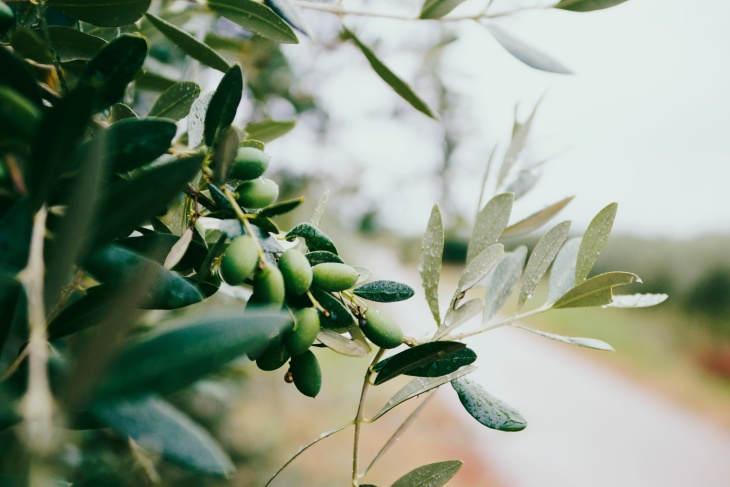
Back From The Dead
California olive oil got its start in the late 1700s with Spanish missionaries. They used the oil for sacraments and eventually started trading it. The industry grew steadily until the early 1900s, when the introduction of inexpensive vegetable oils, such as cottonseed, coupled with cheaper imports from Europe, decimated California olive oil production. Most farmers switched to growing table olives or abandoned their groves.
Olive trees are hardy. They don't mind heat and they grow well in less-than-stellar soil. They can also live for hundreds, if not thousands, of years.
In the mid-1980s, when Sonoma and Napa wineries were coming into their own, many vintners traveled to Europe and noticed how those wineries often cultivated olive trees. They came home and planted new groves or rediscovered abandoned ones, restarting California's moribund olive oil industry.
It was around this time that olive oil saw a spike in popularity in the U.S. It was praised for its health benefits — rich in monounsaturated fatty acids, olive oil can potentially help lower a person's risk of heart disease — but more than that, it became a statement of culinary sophistication. Forget bland, basic Crisco. Here was a finely crafted product with a complicated flavor profile and a rich history. If it could help you live a little longer, all the better.
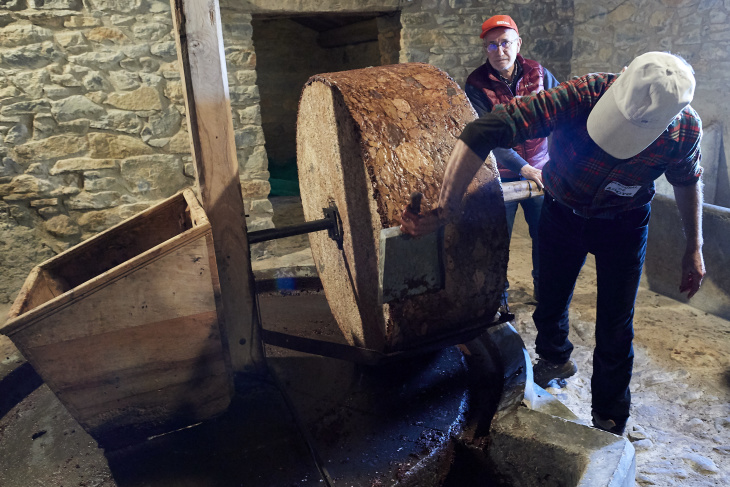
What Even Is Extra Virgin Olive Oil?
With olive oil, it all comes down to purity. To help remove flaws or impurities, some oils are treated or refined with chemicals or heat processes. If you see a "regular" or "pure" olive oil at the market, it likely features a blend of refined and unrefined, cold-pressed olive oils.
Extra virgin oil, in contrast, comes straight from the olive and is extruded using mechanical means, like cold pressing, that don't alter the oil in any way. Extra virgin olive oil (known as EVOO thanks to Rachel Ray) is the first pressing of olive oil. It's the purest stuff you can get. It features a robust, sometimes spicy flavor and phenolic compounds (which have antioxidant and anti-inflammatory benefits) in higher concentrations than refined oils.
To be considered a true EVOO, the oil must be produced without chemical or heat treatments. Even then, it doesn't stay pure forever. Olive oil is best consumed within 18 months of its harvest date, or six months after the bottle is opened. Beyond that, it begins to go rancid. Reputable EVOOs will include a bottling or harvest date on the bottle, usually on the label.

Determining what is (and isn't) "extra virgin" is headache-inducing.
The United States Department of Agriculture relies on a set of standards similar to those used by the International Olive Council, which require chemical analysis to determine the levels of fatty oleic acid and polyphenols along with sensory testing to determine quality. But the USDA's standards are voluntary and sometimes, imported olive oils aren't extra virgin at all.
In 2010, the Olive Center released a limited study that tested samples of imported olive oils sold in California supermarkets. The study noted that 69% of the imported olive oil samples labeled "extra virgin" did not meet international standards.
"They may have been extra virgin when they were produced," says Li, but during transportation and storage, the oils could have been exposed to temperature or light conditions that caused degradation. (The Olive Center released a follow-up study in 2011. It had similar findings.)
That's why the California Olive Oil Council, a trade group, created its own certification process for California olive oils. The COOC's standards are stricter than USDA's, so this label on a bottle is a good sign but, again, it's voluntary and only regulates oils grown in California.
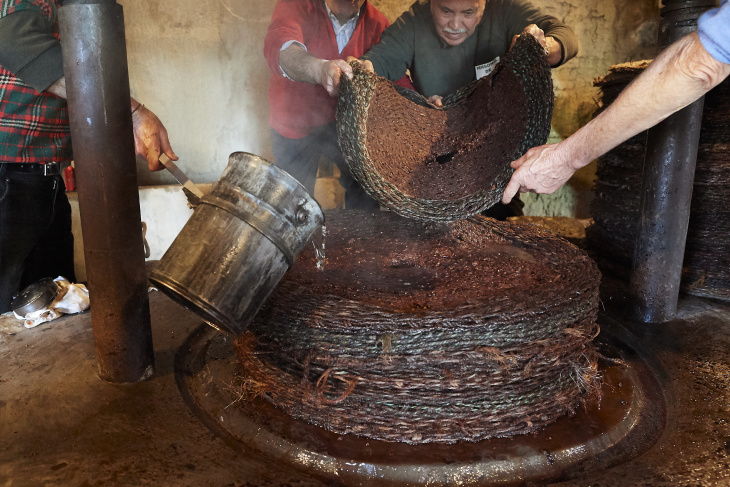
Paul Vossen has spent nearly four decades as a University of California agricultural extension agent, helping olive growers throughout the state. "Generally speaking, if you buy a California olive oil, you're pretty much assured that you're going to get a high quality oil," he says.
Because California's standards are so high, Vossen thinks you shouldn't focus too much on EVOO.
Curry agrees. A strict EVOO standard safeguards quality and helps protect consumers but it shouldn't be the ultimate measure of what makes a good olive oil.
"It's a marketing term. What we try to focus on with consumer education is freshness. Olive oil is fruit juice. It's not meant to age," Curry says.
After freshness, he thinks the most important benchmark for an olive oil is taste
"Olives have terroir just like wine grapes do," says Zach Thorp, owner of LOT22 Olive Oil Co., which produces a range of olive oils, including EVOO and flavored oils blended with citrus for UC Riverside's University Citrus Variety Collection. "This means that they can have a different flavor profile or taste depending on where they are grown."
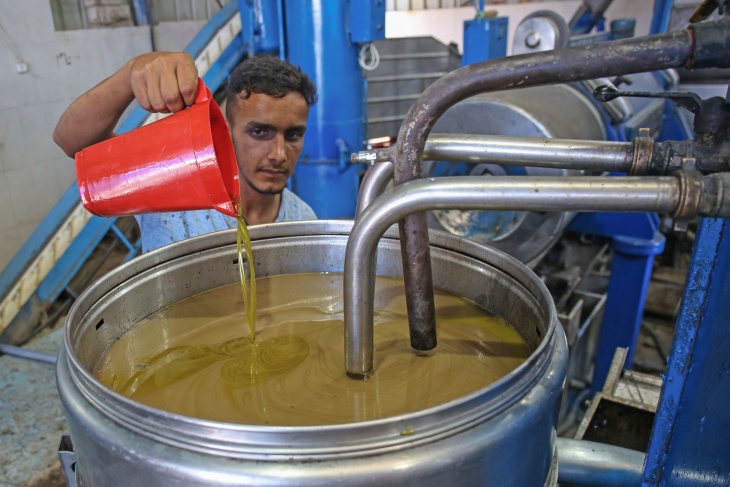
How Should Olive Oil Taste?
Like wine or beer, olive oil exists on a spectrum. A sharp, bitter flavor is just a baseline. "It should be herbaceous, spicy, a little bit of black pepper, maybe a mint flavor, too," Vosser says.
Although the milling process is rigid — olives must be milled within 24 hours of harvesting to protect oil quality and prevent fermentation — the resulting oils will taste different depending on when they are harvested.
In California, the harvest season usually runs from November to December. Green olives, which haven't ripened, are harvested earlier. As they ripen, they change from green to black. Olives harvested later in the season will have begun the ripening process, altering their flavor profile.
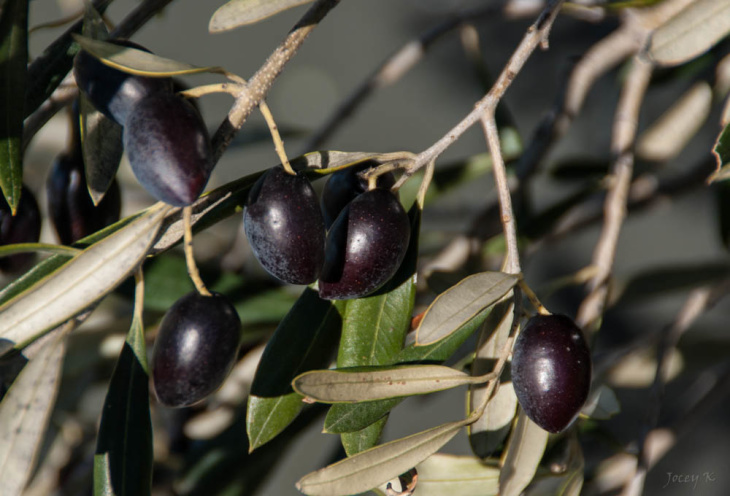
Oils made from greener olives will have a vibrant punch as well as a green aroma and flavor. (Think grass or green apples.) When tasting one of these pungent, spicy oils, you might feel a tickle in your throat and an urge to cough. That's a good sign. Aficionados often rate an EVOO as a one-, two- or three-cough oil. However, oils made from riper olives (olives that have started to darken) will be smoother and they'll feature a nutty, buttery flavor. This is where your palate comes into play. Some people like a robust oil, others favor something milder.
From weather to where the olives are grown, other factors can also impact taste, which is why trying different oils is so important.
"It's not a one-size-fits-all thing," Curry says. When you're looking for oil, he recommends using your preferences in coffee as a barometer. "If you like coffee sweeter, with cream and sugar, then you might like something buttery, a little more late harvest. If you like black coffee, then you'll like something with green olives that's bitter and pungent."
Philip Asquith, master miller and CEO of Ojai Olive Oil, explains that when EVOO degrades, it doesn't become unusable, it just loses its flavor.
"It's not like fruit going bad where all of a sudden it's rotten. But it becomes flat and bland. We, as a country, have gotten used to olive oil tasting bland, so when you taste a good, fully intact oil, it might be too much at first," he says.
Sampling different oils to figure out your tastes is key. But where and how do you do that?
Start with your local farmers market or find an olive oil tasting room. You'll have a chance to ask questions and learn more about a local oil producer. Plus, you can explore a range of different oils.
Nathan Mardigian of Nuvo Olive Oil, which grows its olives near Lake Oroville in Northern California and has a Long Beach tasting room in that you can visit by appointment, notes that by sampling different oils, you'll educate yourself and refine your palate. "Smell the oil, take a sip and taste it," he says. "Your palate will speak volumes as to the quality of the food that you're putting in your body."
Inspect The Bottle
If you want to grab a top notch olive oil, look for a seal from the COOC or a comparable international group like the Extra Virgin Alliance (EVA) or the Australian Olive Association (AOA). It's a lot of acronyms but that should ensure that your EVOO is actually EVOO.
Avoid plastic containers, which can degrade the oil. Opt for tins or tinted glass. The enemies of olive oil are oxygen, heat and light so containers should be dark. "It doesn't take much to lower an oil's quality," Asquith says.
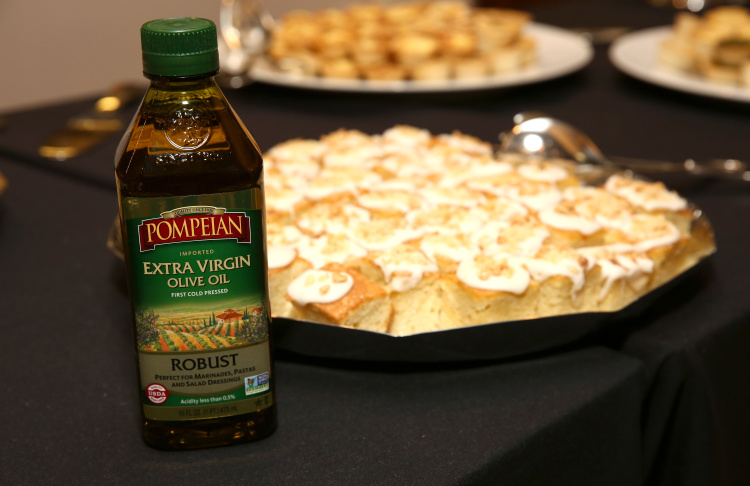
Look for a harvest date on the bottle. Sealed and properly stored EVOO is best used within 18 months of the harvest. Some oils are stamped with an expiration date of two to three years. Ignore that and stick with the harvest date.
After you find a bottle you like, keep it in a cool, dark place and use it quickly. Even if you cook with it every day, don't leave it near your stovetop.
Finding the perfect olive oil for your taste takes time. California is an ideal place to experiment and shopping locally makes it easier to find fresh oils.
"Invest in local farmers," Thorp says. "They're working hard to bring you the best and the likeliness of getting something fresh locally is higher — it doesn't have to go on a plane or boat to get to you."
The right bottle of olive oil is out there. Thankfully, you shouldn't have to go too far to track it down.
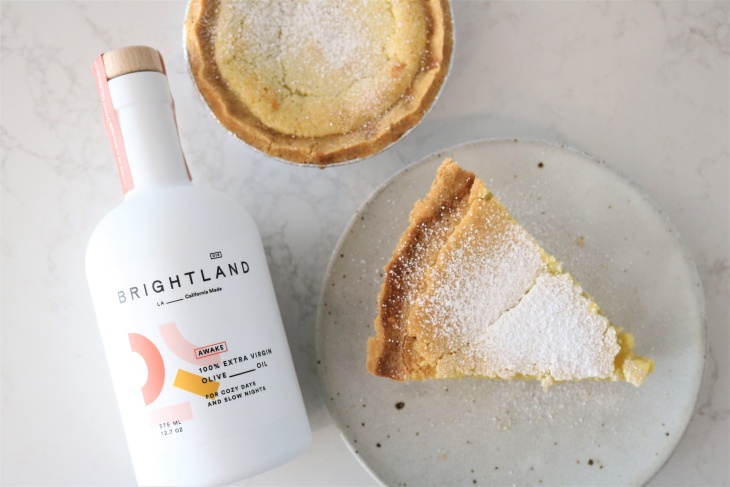
Temecula Olive Oil Company
28653 Old Town Front St., Temecula.
951-693-4029
MORE INFO
LOT22 Olive Oil Co
110 East State St., Redlands.
909-913-1878
MORE INFO
Ojai Olive Oil
1811 Ladera Rd., Ojai.
805-646-5964
MORE INFO
Nuvo Olive Oil
4208 Pepperwood Ave., Long Beach.
844-688-6645
MORE INFO
(Their olive grove is Northern California although their tasting room is in Long Beach.)
Rancho Olivos Olive Oil
2390 N. Refugio Road., Santa Ynez.
805-686-9653
MORE INFO
Kiler Ridge Olive Oil Farm
1111 Kiler Canyon Rd., Paso Robles.
805-400-1439
MORE INFO
Brightland
No physical tasting room. They source their oil from groves on California's central coast.
MORE INFO
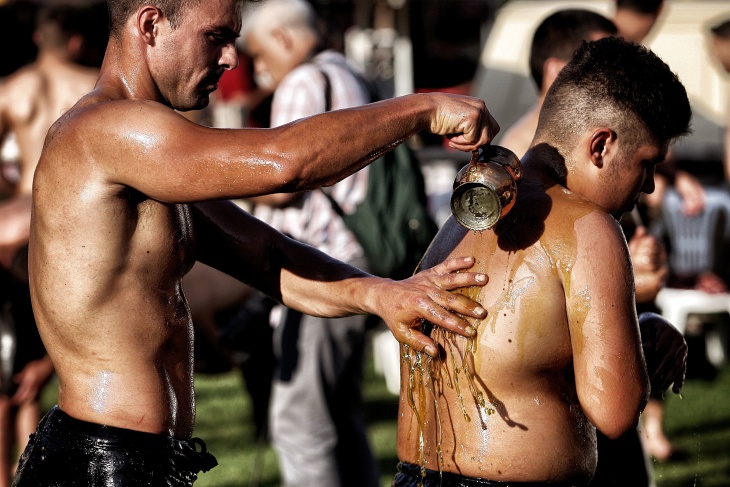
"oil" - Google News
January 29, 2020 at 08:00PM
https://ift.tt/37y4Iwu
Local Olive Oil 101: Where To Find It, How To Judge It And What To Know - LAist
"oil" - Google News
https://ift.tt/2PqPpxF
Shoes Man Tutorial
Pos News Update
Meme Update
Korean Entertainment News
Japan News Update
Bagikan Berita Ini














0 Response to "Local Olive Oil 101: Where To Find It, How To Judge It And What To Know - LAist"
Post a Comment